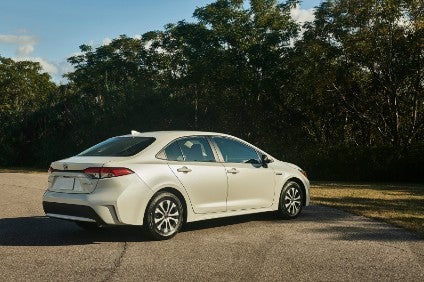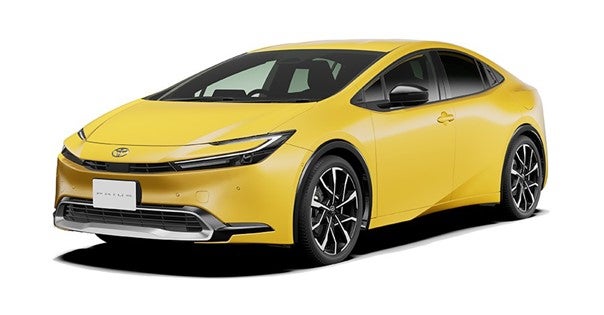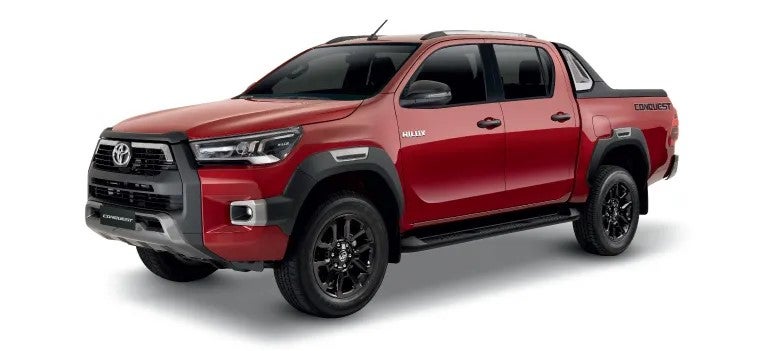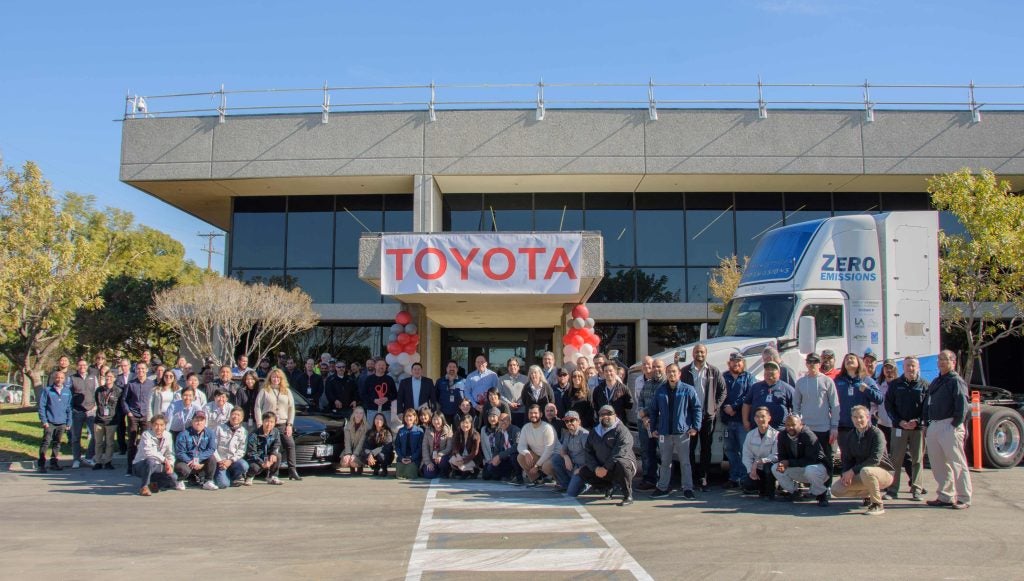
Europeans are by now, two generations on, well used to the Auris hybrid, about to launch in 3G form, renamed Corolla but the matching sedan only now is becoming available globally as a hybrid – it's already been confirmed for Australia following launch at the Los Angeles show this week.
The new four-door will have the latest petrol-electric system from the fourth-generation Prius, itself also updated with available 4WD for the LA show.
Toyota's New Global Architecture (TNGA) platform underpins the Corolla Hybrid sedan with a powertrain which combines the 1.8-litre four-cylinder petrol engine with two motor/generators through an electronically controlled planetary-type continuously variable transmission (CVT) transaxle. Combined system output is 121 horsepower for the US version.
The nickel-metal hydride (Ni-MH) battery pack employs a newly developed technology called Hyper-Prime Nickel to boost battery performance in a smaller and lighter package. The battery's smaller size and flatter shape allow it to be packaged under the rear seat, rather than taking up boot/trunk space, and also allowing a 60/40 split folding rear seatback to expand cargo capacity. The battery location also contributes to the vehicle's lower centre of gravity.
The engine, working in concert with the electric motor (MG2), assures strong performance while exemplary energy efficiency is achieved by using both electric motors (MG1 and MG2) for hybrid battery charging.
When accelerating, the battery provides a subtle power boost in order to put less strain on the engine and eliminate the 'rubber band' effect experienced with some hybrids.
A preload differential is fitted. During low loads and low differential rotation, differential-limited torque is distributed to the left and right wheels, for handling stability. At mid-range and high engine loads, the preload differential functions as an open differential.
Corolla Hybrid has EV mode, which allows the vehicle to be operated as a pure electric vehicle for short distances, depending upon certain conditions, such as battery charge level. This mode is useful for operating the vehicle in parking lots or indoor parking garages. The Vehicle Proximity Notification feature alerts pedestrians of the vehicle's presence when running in battery mode.
Along with the expected NORMAL and ECO drive modes, a SPORT drive mode setting allows for an increase in power for stronger acceleration response.
The Electronically Controlled Brake (ECB) system coordinates operation between the regenerative braking force of the electric motors and the hydraulic braking system force to provide optimal stopping power. By proactively using the electric motors to recover as much electrical energy as possible from the regenerative braking system, this helps to maximise fuel economy.
An active hydraulic booster on the conventional (non-regenerative) braking system improves pedal feel and feedback for the driver. Should the ECB system fail, the conventional hydraulic braking system can stop the vehicle.
Brake Hold reduces driver effort while waiting at a traffic light or while driving in heavy traffic. When the driver presses the accelerator, it releases instantly.
Toyota said the 2ZR-FXE 1.8-litre I4 engine was designed specifically for a hybrid application. The long-stroke configuration employs the Atkinson cycle, which uses a very high compression ratio (13.0:1) along with a shorter intake stroke and longer expansion stroke than the Otto cycle. The Atkinson cycle extracts more energy from the fuel, and the electric motors compensate for reduced low end power (versus the Otto cycle).
Friction created by the piston skirts, rotating parts and oil pump is reduced, and an electric water pump eliminates the parasitic losses with a conventional belt-driven pump. Toyota sought efficiency gains in every system. The air conditioning system, for example, uses S-FLOW control, which automatically optimises airflow throughout the cabin according to the temperature setting, actual cabin and outside temperatures, sunlight intensity, and occupied seats.
An exhaust heat recirculation system speeds up engine coolant warm-up. That in turn allows the hybrid system to stop the petrol engine earlier and more often in the driving cycle when not needed.
The PTC (Positive Temperature Coefficient) heater quickly provides cabin heat electrically in cold temperatures.
How well do you really know your competitors?
Access the most comprehensive Company Profiles on the market, powered by GlobalData. Save hours of research. Gain competitive edge.

Thank you!
Your download email will arrive shortly
Not ready to buy yet? Download a free sample
We are confident about the unique quality of our Company Profiles. However, we want you to make the most beneficial decision for your business, so we offer a free sample that you can download by submitting the below form
By GlobalData






